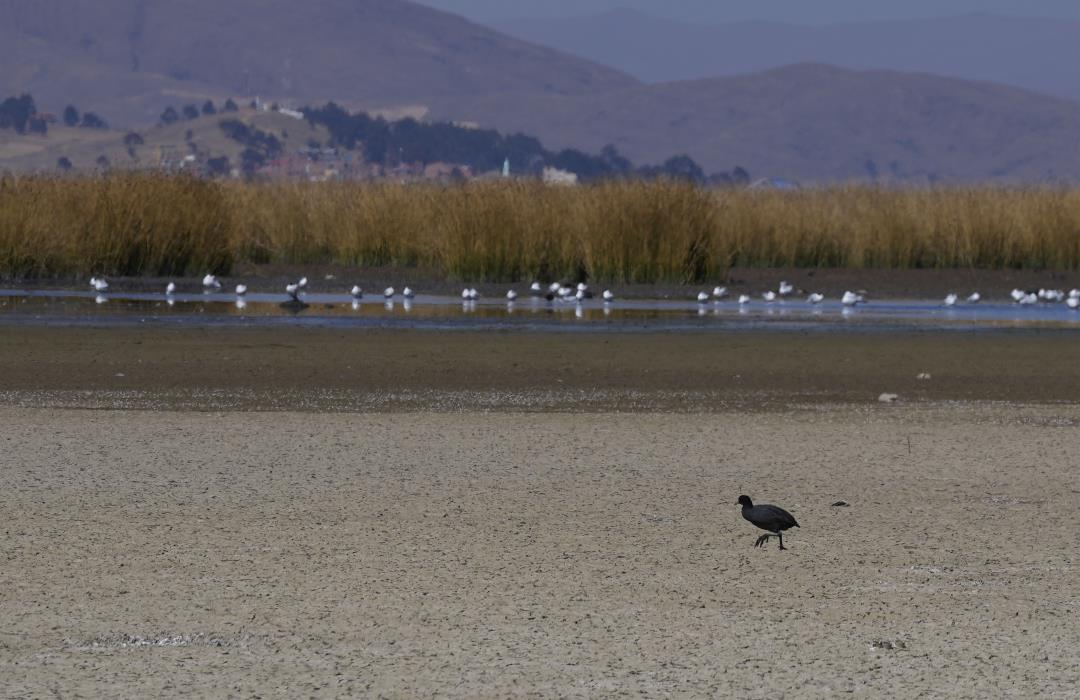
South America’s largest lake faces severe water decline
Lake Titicaca in South America, known for its scenic beauty and as the highest navigable lake globally, is experiencing a significant decrease in water levels. This decline is due to a record winter heat wave, causing parts of the lake to dry up completely. A report by CNN highlights the adverse effects on the local indigenous communities’ essential livelihoods, such as tourism, fishing, and agriculture. With over three million people relying on the lake for their economic well-being, the situation is concerning. Experts attribute the drastic water level changes to climate change and warming temperatures from El Niño.
The impact of climate change on Lake Titicaca
According to Connor Baker, an analyst at the International Crisis Group, while fluctuations in the lake’s water levels have been linked to climate variability and natural oscillations, the influence of climate change exacerbates the situation and calls for sustained management strategies. A study in 2023 estimated that more than half of the world’s lakes have lost water equivalent to 17 Lake Meads. AFP reports that Lake Titicaca is nearing its lowest recorded level set in 1996, with the winter heat wave causing increased evaporation. Additionally, precipitation levels in the region have been significantly lower than average, leading to the depletion of the lake during the usually replenishing rainy season.
The ongoing decline and its implications
Through satellite image analysis from 1992 to 2020, researchers found that Lake Titicaca loses approximately 120 million metric tons of water annually, primarily due to changes in precipitation and runoff. Consequently, the lake is currently 12 feet lower than its all-time high in 1986. This decline negatively affects fishing communities already grappling with pollution and overfishing. Agriculture is also suffering from drought, impacting staple crops and livestock feed. Moreover, the tourist industry has taken a hit, with tourism boats stranded as water levels recede.
The plight of marginalized communities
Particularly concerning is the situation in Peru’s marginalized Puno region and for indigenous communities like the Uros, who inhabit reed-made floating islands on Lake Titicaca. With warming temperatures expected to continue until February 2024, experts emphasize the need for long-term strategies to protect the livelihoods of these communities reliant on the lake. (Meanwhile, in Utah, environmental groups are taking legal action to prevent the Great Salt Lake from drying up.)
Denial of responsibility! Vigour Times is an automatic aggregator of Global media. In each content, the hyperlink to the primary source is specified. All trademarks belong to their rightful owners, and all materials to their authors. For any complaint, please reach us at – [email protected]. We will take necessary action within 24 hours.


